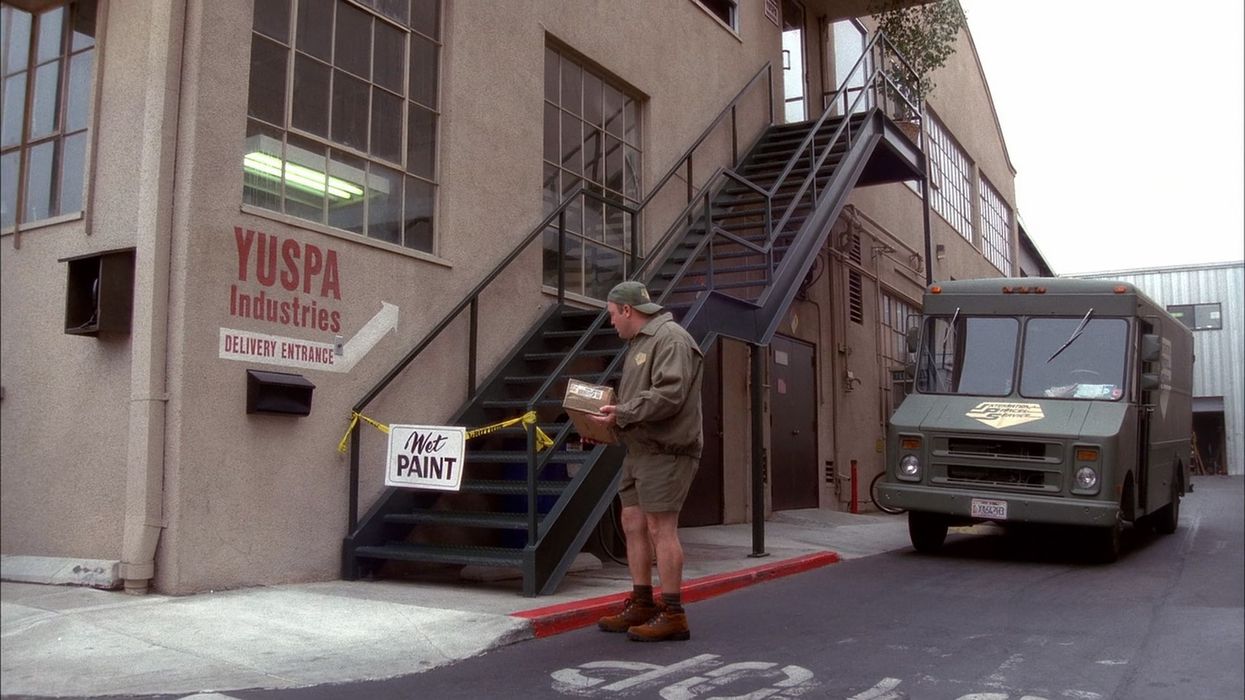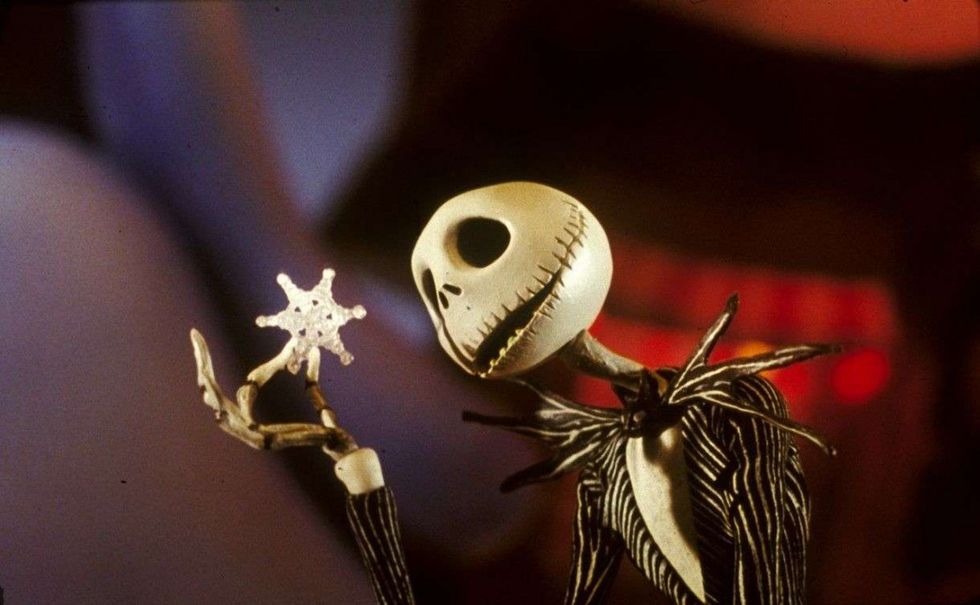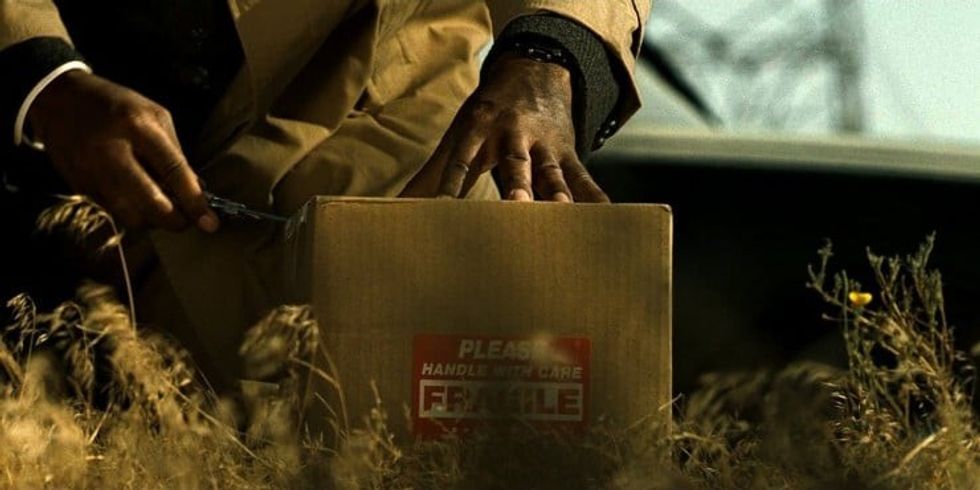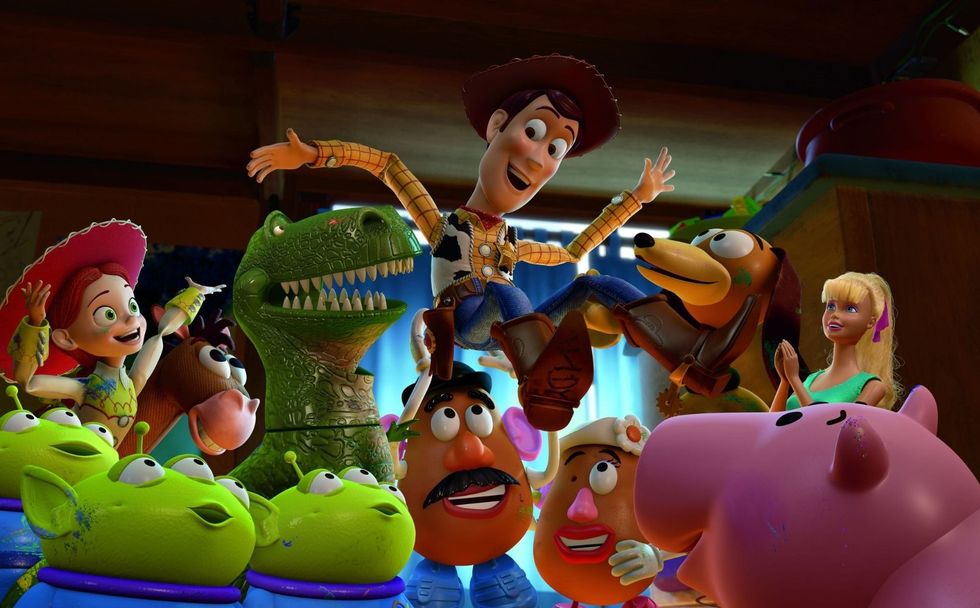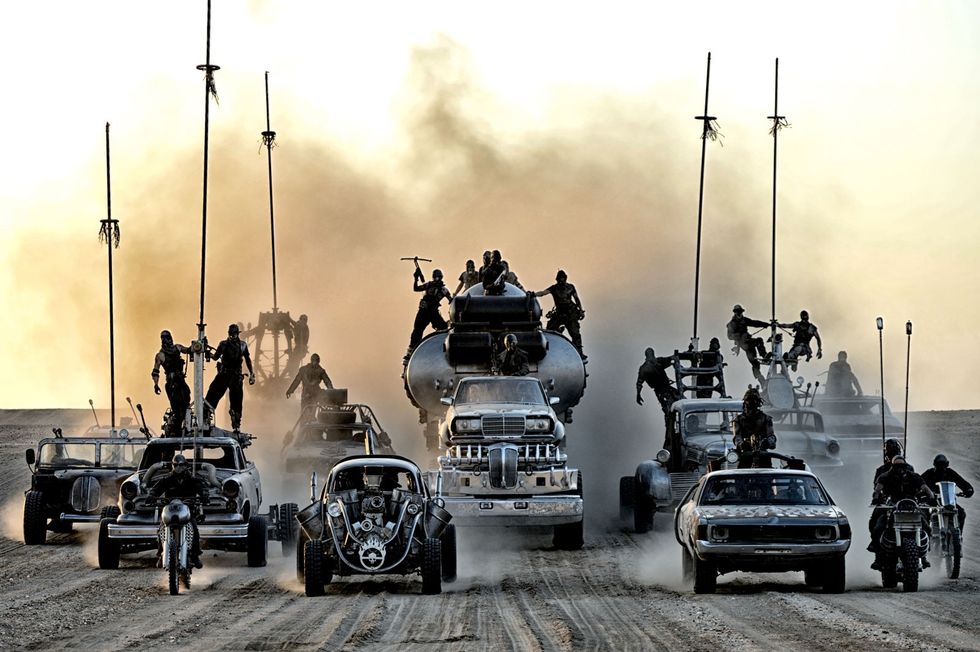Watch: When Martin Scorsese Plays God
A video essay examines the divine presence in Martin Scorsese's movies.
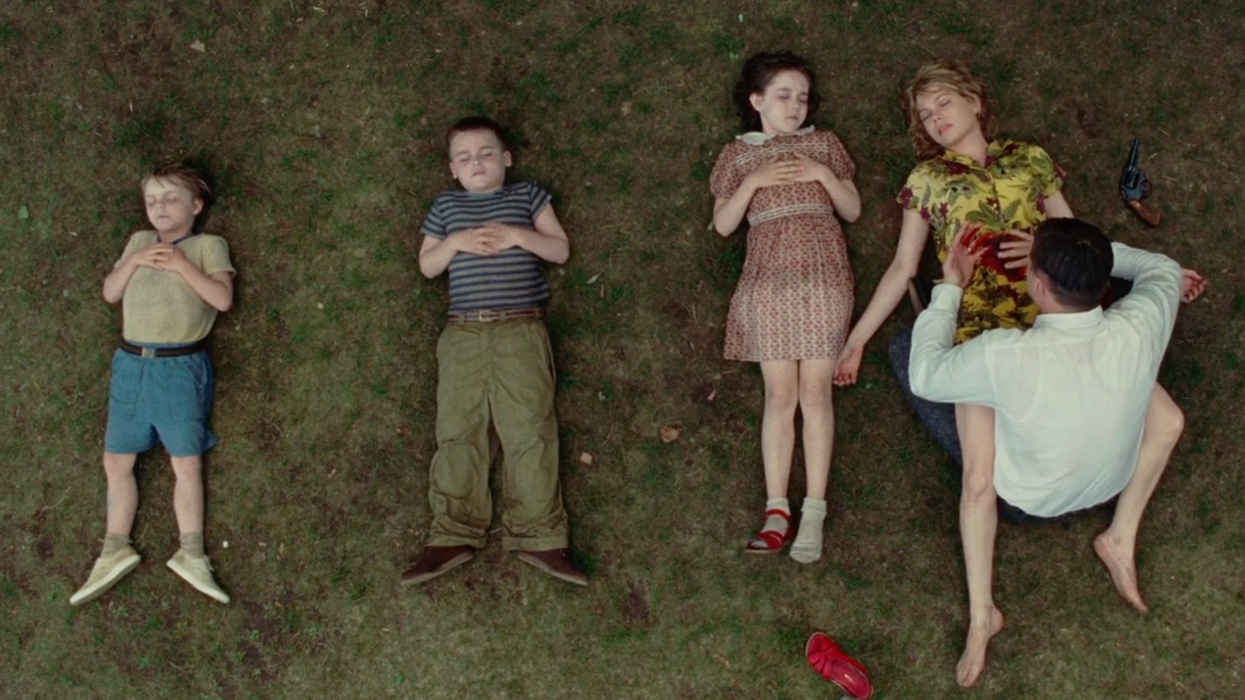
Martin Scorsese has grappled with theology for decades. His recently released Silence, 30 years in the making, can be seen as a cinematic manifestation of the director's struggle with spiritual identity; the film deals with religious doubt, raising questions about the nature of faith. “The weight of your silence is terrible,” Rodrigues, the main character, whispers to God, a line that encapsulates the entire film—and Scorsese's central dilemma.
Scorsese was raised Catholic; as a young man, he hoped to become a minister. When he turned to movies, he suffered guilt over potential apostasy. But he continued to evoke Catholicism in his filmography: while Silence and 1988's The Last Temptation of Christ explicitly address religion, nearly all of Scorsese's films make references to—or are direct allegories for—Biblical stories and archetypes. Raging Bull, for example, can be read as the story of Saul's Road to Redemption, ending with a quote straight from the Bible: “All I know is this: once I was blind and now I can see.” Similarly, Taxi Driver's Travis Bickle undergoes a saintly vigilante mission to exorcise his inner demons and punish the sinners of New York.
But is God watching in all of Scorsese's films in a manner more obvious than we realize? A stunning new video essay by Jorge Luengo Ruiz begs the question. By highlighting Scorsese's frequent use of overhead and sweeping bird's-eye view shots, Ruiz asks us to consider whether Scorsese's choice of camera placement invokes an omniscient presence.
Does the suggestion of an all-seeing deity in Scorsese's films alter your interpretation of them?
